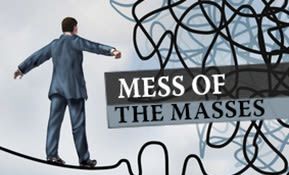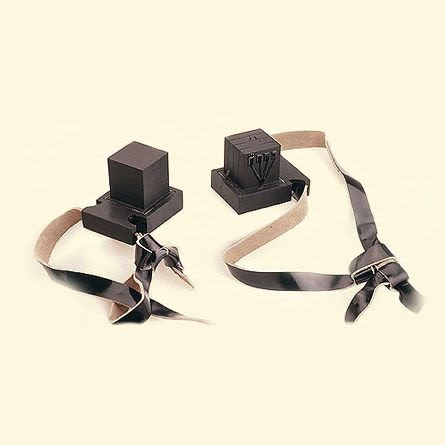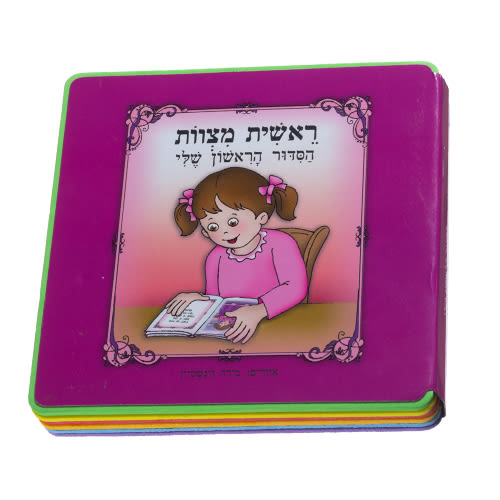
Tazria: Spotless Garments
Is there still such a thing as leprous afflictions of garments today? What causes these afflictions and how does it affect our daily lives?

If there shall be a leprous affliction in a garment… (Leviticus 13:47).
The subject of tzaraat, loosely translated “leprosy” for lack of a better word, is one of the most cryptic subjects in the Torah. Yet, from another angle, it’s one of the most logical subjects of the Torah. The whole matter of tzaraat is the manifestation of Hashem’s precision Divine Providence and His policy in running the world of “measure for measure.” The more that the Jewish People live in harmony with Hashem, doing their utmost to obey and implement His commandments such as in the days of Moses and the Holy Tabernacle, the more the “measure for measure” is revealed outright.
How so? When Miriam spoke unfavorably about her brother Moses, she was immediately afflicted with leprosy. What’s more, Hashem told her exactly what she did wrong to deserve her punishment. From then on, anyone knew that if he or she would speak slander about any other Jew, they would be playing Russian roulette with leprosy. The cause and effect was right out in the open. Since Hashem was in our midst, both His compassion and His stern judgments were revealed openly for all to see.
The supernatural affliction of tzaraat also plagued the walls of houses and people’s clothing. In both cases, a person would have to remove the infected portion of wall or garment, dispose of it or destroy it and quarantine the remainder of the house or garment. If the infection returned, then the entire house or garment would be destroyed. The Jewish People were on such a lofty spiritual level that any unsightly speech might be absorbed into the walls of a person’s house and leave a greenish infection in the wall, tzaraat habatim, or “leprosy of homes”. Here too, we have an understandable “measure for measure”; if a person conducts himself in an unsightly or unholy manner, the walls of his home are influenced. In contrast, when a person leads a life of Torah, holiness, marital bliss, and simplicity, the walls of his home literally reflect calm, joy and peace of mind. Such is a healthy home in every sense of the word.
What, therefore, is the purpose of a leprous affliction in one’s clothes? Rebbe Nachman teaches us to search for the Divine wisdom in every creation and every event. Simply speaking, this means that we must look at the world through eyes of emuna. And, as my beloved and esteemed teacher Rabbi Shalom Arush says, if we look at the world at large through eyes of emuna, then we certainly must look at the Torah through eyes of emuna. We do so by learning the Torah with three important points in mind: first, everything comes from Hashem; second, Hashem does everything for the very best, for our ultimate benefit; third, Hashem does everything for a purpose. Since Hashem does everything for a purpose, one must ask oneself, “What’s the message Hashem is conveying to me through this event/person/catalyst?”
“If there shall be a leprous affliction in a garment”…
Nowadays, we don’t benefit from Hashem’s manifest revelation in our midst, for as long as we don’t have Mashiach and our Holy Temple, we’re still in a state of diaspora and exile. Leprous afflictions of a garment were a big favor; a person knew that he or she had something urgent to correct. It was a message they couldn’t ignore, much more so than the proverbial “egg on his tie.” The fact that we don’t have outright and apparent cases of leprosy in garments is the result of Hashem’s concealment, which of course is not a favor, as follows:
In Ecclesiastes 9:8, King Solomon says, “Make sure that your garments will always be white.” King Solomon wasn’t telling our nation to use the right brand of laundry detergent. Our sages teach that the soul is clothed with three layers: one’s deeds are the outer layer (corresponding to nefesh), one’s speech is the middle layer (corresponding to ruach) and one’s thoughts are the innermost layer (corresponding to neshama). A man or a woman may appear to be dressed as an observant Jew, but if their thoughts are contaminated, their innermost garment is not only soiled and blemished, but it reeks of a terrible spiritual stench that distances a person from Hashem. The same goes for negative deeds and speech. If a person does not practice daily self-assessment (just like daily washing and changing his socks and undergarments), then his or her soul is clothed in impurity, which manifests itself in all types of problems and difficulties in life. So in essence, the leprosy of garments is still with us, but it’s dangerously not apparent, especially to those who are in deep spiritual slumber.
Therefore, in order to adhere to King Solomon’s directive of keeping our “garments” clean and white, we are behooved to do a daily self-assessment and rectify whatever we might have done wrong. The best spiritual detergent in the world is called teshuva – it whitens and brightens the soul like nothing else.












Tell us what you think!
Thank you for your comment!
It will be published after approval by the Editor.